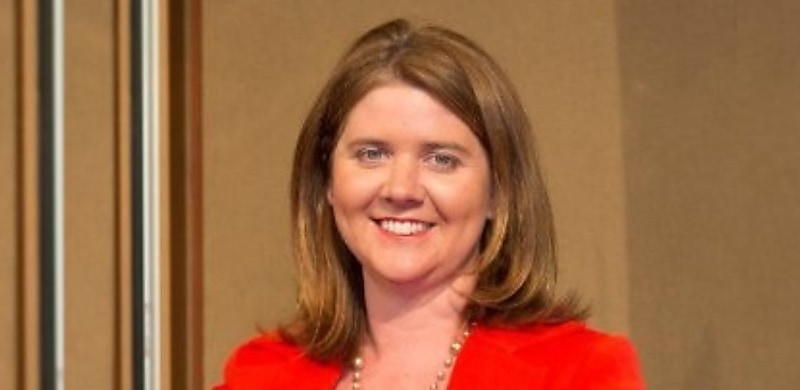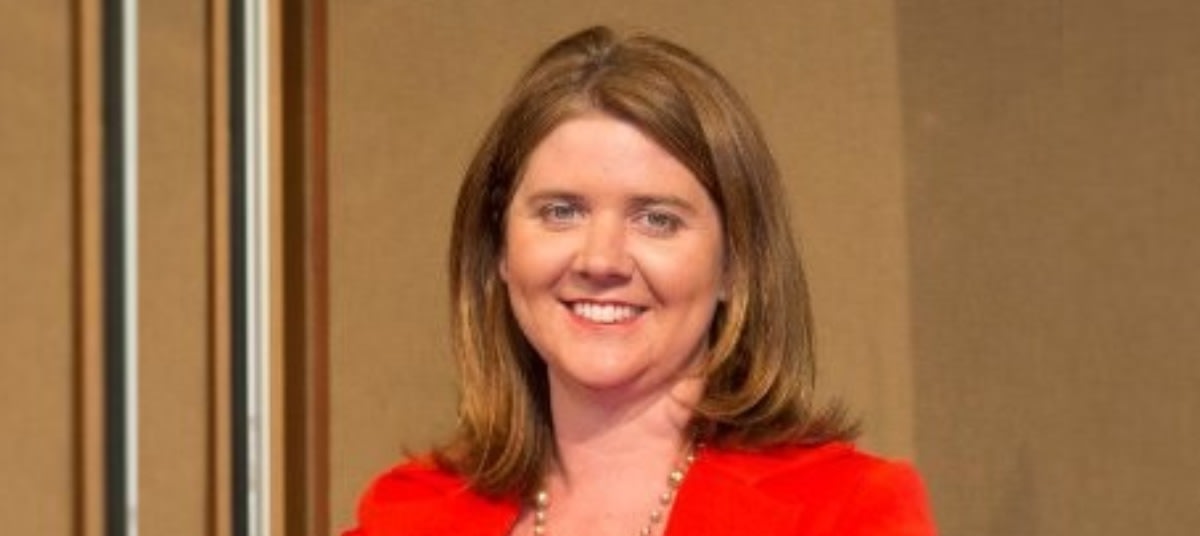
With the Albanese government’s Housing Australia Future Fund (HAFF) Bill passing the Senate, there are growing calls for regional Australians to receive a fair chunk of the fund.
Independent member for Indi, Dr Helen Haines, introduced the ‘Unlocking Regional Housing Bill’ private members’ bill to Parliament, with the legislation calling on at least 30 per cent of the HAFF’s $10 billion funding to be directed towards rural, regional and remote housing annually, and for the regions to specifically reference in the objects of the enabling legislation.
Having recently been agreed to by the Senate, the HAFF bill, should it re-pass the House of Representatives, would establish a $10 billion fund to be leveraged on the stock market, with proceeds supporting Australian housing initiatives.
HAFF returns will also deliver on the government’s other housing commitments, including:
- $200 million for the repair, maintenance and improvement of housing in remote Indigenous communities
- $100 million for crisis and transitional housing options for women and children impacted by family and domestic violence and older women at risk of homelessness
- $30 million to build housing for veterans who are experiencing homelessness or at risk of homelessness
Liz Ritchie, Regional Australia Institute (RIA) chief executive officer, said the Unlocking Regional Housing Bill comes at a time when regional Australia is desperately screaming for both workers and stock.
“A lack of housing is at the centre of the region’s record workforce shortages, in which demand is most acute for general practitioners, nurses, aged care workers and early childhood educators,” Ms Ritchie explained.
According to research from the RAI, 20 per cent of capital city-dwelling Australians desire a regional move, with the institute’s most recent Big Movers Index indicating Millennials aged 25 to 29 are moving in record droves.
But in many cases, they are being stalled by a lack of available stock.
“Limited housing options threaten to put a handbrake on regional Australia’s population growth at a time when we badly need more people,” she said.
Between 2016 and 2021, over 600,000 metropolitan Australians moved regionally, 120,000 more than movers embarking on a similar migration pattern between 2011 and 2016.
Ms Ritchie believes the Unlocking Regional Housing Bill acknowledges the challenges many regional and remote governments face when bringing new land to development. She explained that, unlike in Australian cities, land availability isn’t the primary issue facing new developments.
“The problem [is] the cost of completing the necessary headworks such as sewerage, water, electricity, transportation and roads.”
She noted a crucial component of the legislation is the inclusion of regional housing expertise to be featured on the National Housing Finance and Investment Corporation (NHFIC), given regional Australia’s unique property challenges.
“Like many policy areas, the region’s housing challenges are nuanced and complex, and a solution that works in metropolitan Australia may not work in the regions,” she said.
“It’s critical the leadership of the NHFIC is equipped with knowledge and expertise that can ensure regional Australia’s bespoke housing needs are recognised and fixed.”
Directing 30 per cent of HAFF’s funding towards Australia’s regional and rural communities would allow these pockets of the country to address the ‘Achilles heel’ limiting regional Australia’s progression.
Ms Ritchie identified regional Australia’s critical workforce shortages are exacerbated by a lack of housing.
“It provides evidence of what regional employers across the country have been telling us – that it’s getting harder and harder to kill roles. Also, having the right homes to accommodate new staff is a critical factor and that is why we must look at these issues in unison,” she added.
Ms Ritchie is not the only sceptic following the celebration of HAFF’s imminent passage, with Jocelyn Martin, managing director at the Housing Industry Association, stating another vulnerable section of Australian society might not reap the necessary benefits from the fund.
“It’s important to recognise that the commitment to supply 30,000 social and affordable homes via the HAFF represents only 2.5 per cent of [its] aspirational target,” she said.
Ms Martin concluded: “Broader reforms are required to reduce these costs and aid the private sector in enabling the delivery of these targets.”
[RELATED: Senate greenlights Housing Future Fund]
 Login
Login











JOIN THE DISCUSSION